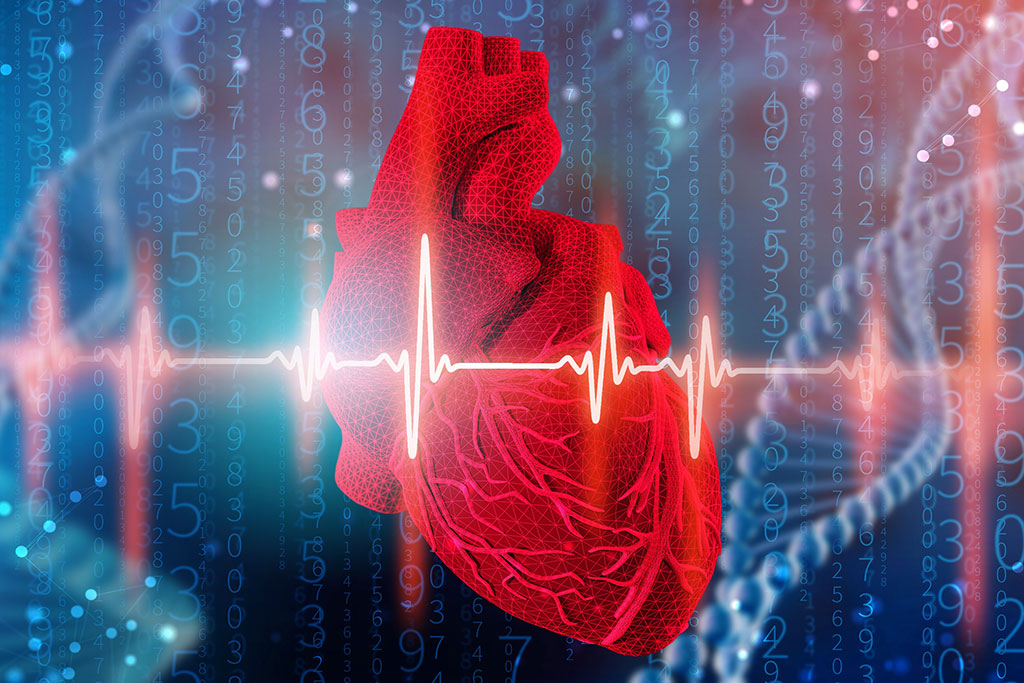Cardiovascular
AI from Patient ECGs Can Detect Cardiovascular Disease Risks Sooner, Suggests Study
Image: A new study suggests ECG-AI can detect cardiovascular disease risks sooner (Photo courtesy of 123RF)
Atherosclerotic cardiovascular disease, characterized by arteries that are narrowed or clogged due to fatty deposits, is the number one cause of death worldwide. Often, the condition is driven by coronary artery disease, which many people may have without even knowing it. Tools available to clinicians like the pooled cohort equation are used to evaluate a patient’s 10-year risk of heart attacks and strokes, although these methods are not without flaws. Electrocardiograms (ECGs), which record the electrical activity of the heart, are commonly used tests. Artificial intelligence (AI) has the ability to recognize and analyze hidden disease patterns in these electrical signals. Now, a new study suggests that AI applied to patient ECGs could offer a more efficient way to assess the risk of heart disease.
According to the research, AI algorithms trained on ECG data can detect potential risks much earlier than existing risk-calculation methods. They can identify symptoms of coronary artery disease like arterial calcification and obstructions, as well as signs of previous heart attacks. The ECG-based AI for evaluating coronary artery disease risk was jointly created by at Mayo Clinic (Rochester, MN, USA) and Anumana, Inc. (Cambridge, MA, USA) using a retrospective analysis of electronic medical records from over seven million U.S. patients to train three distinct AI models. These models were designed to spot coronary artery calcium, arterial blockages, and poor movement in segments of the heart’s left ventricle, which is an indicator of a past heart attack.
“Used together, the three independent ECG-AI models predicted which patients had a high risk of hidden coronary artery disease, and therefore a high risk of having a heart attack. This is important information to guide our conversations with patients at the point of care, especially since the AI was useful in calculating these risks for as short as three years,” said Francisco Lopez-Jimenez, M.D., a cardiologist at Mayo Clinic. “Used alone, the pooled cohort equation estimates the 10-year risk of developing cardiovascular disease. The addition of ECG-AI to see hidden risks sooner has the potential to save more lives. This model may also help identify people who do not know they have coronary disease who may benefit from lifesaving therapies.”
Related Links:
Mayo Clinic
Anumana, Inc.

